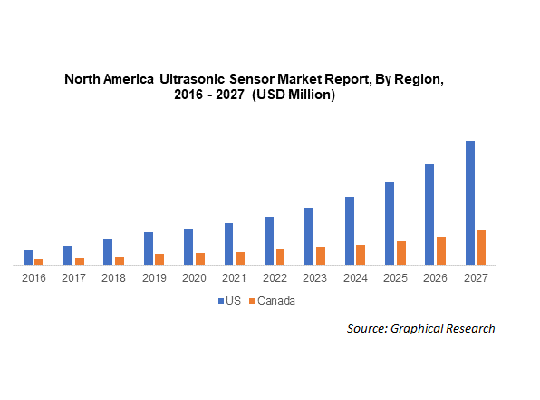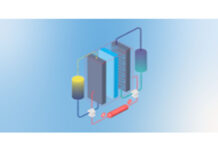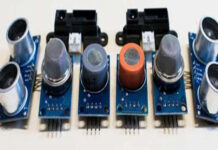According to Graphical Research, the North America ultrasonic sensor market size is poised to expand at substantial CAGR during the forecast period. Ultrasonic sensor market in North America holds vast potential for growth through 2027. These sensors are versatile instruments with several uses. They are essentially a distance computation and measurement equipment, and are widely used across the health care, automotive, industrial automation, robotics, and other businesses that have found the technology appealing.
Market research reveals that North America ultrasonic sensor market size will be $1 billion by 2027.
North America ultrasonic sensor industry share from the retro-reflective sensor expects 12.5% CAGR through 2027. These types of sensors are widely used in automotive parking assistance systems, and one of the significant reasons why automakers are placing their bids on this technology is its user-friendly optical axis. With ease of deployment, minimal maintenance, and lower installation costs, retro-reflective sensors have grasped the attention of leading automakers.
Over the last decade, the pursuit of self-driving vehicles has piqued the public’s interest and sparked collaboration between automakers. Balluf announced the release of a new family of red-light sensors for industry-specific applications in January 2021. The BOS027M, a retro-reflective sensor combined with IO-Link delivers real-time diagnostics, is part of the new product line. In January 2022, Volvo Cars shared the news of its collaboration with Luminar and its autonomous driving (AD) software subsidiary Zenseact, to add an AD capability to its next generation of electric vehicles.
Canada ultrasonic sensor industry size is expected to grow with a CAGR of 10.5% through 2027, owing to the increasing use of ultrasonic sensors in robotics applications and industrial automation. The regional government is providing funding to assist the development of new technologies. For example, in December 2020, the Canadian government gave USD 26.2 million to Attabotics, Inc., a robotic supply chain developer. The government intends to use this funding to develop and create robotic technology for warehouse management, as well as to boost disruptive technologies such as digital industries and clean technology.
North America ultrasonic sensor market share from healthcare is gaining pace and will command over a significant share in up to 2027. Ultrasonic sensors are frequently utilized in medical applications because they can examine the inner state of the human body without causing any harm to the patient. They are used for a variety of medical inspections, including the diagnosis of internal body organs such as the kidneys, liver, and gallbladder, as well as following the growth and health of a fetus. Because ultrasonic sensors can visualize in real time, they are employed for tissue biopsy sampling while finding the target organ.
In order to meet expanding market demand, some regional manufacturers are focused on adding ultrasonic sensors into their medical products. For example, Misonix’s newly designed nexus Ultrasonic Surgical System was approved by Health Canada in March 2021. This gadget has an ultrasonic sensor that helps with efficiency and efficacy in spine surgery, neurosurgery, laparoscopic surgery, and wound care therapies.
Source: https://www.graphicalresearch.com/















